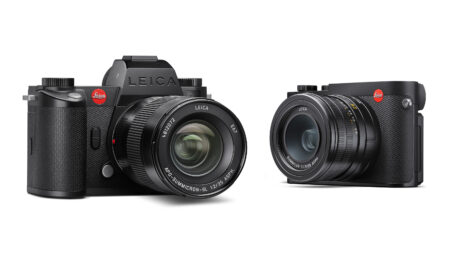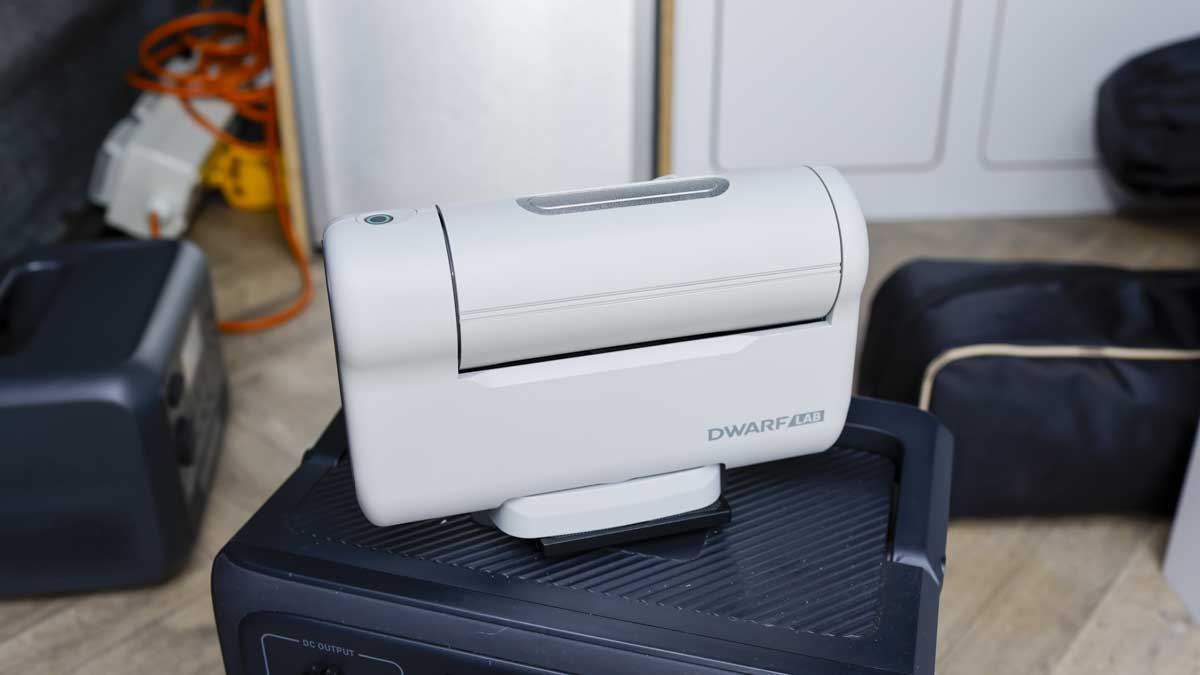The DWARF II Smart Telescope is an innovative compact digital telescope designed for both astrophotography and panoramic photography. Its size reduction is achieved through a specialized lens and a motorized gimbal, enabling detailed celestial observation and tracking. This device will definately appeal to you if you’re an astrophotographer or enjoy taking super resolution panormaic images. Where the innovation really comes in is that the fact that the DWARF II Smart Telescope offers a simple alternative to large, motorized tripod rigs typically used with DSLRs for this style of imaging. The simplicity of its setup enables you to focus more on capturing images rather than on complex calibration processes such as chasing the stars.
With its dual-lens system, the DWARF II functions as a traditional telescope but also offers wide-angle and panoramic photography capabilities. The integration of AI for object tracking, automatic star tracking, and the creation of gigapixel panoramas further enhances its versatility. Controlled via a smartphone app, this smart telescope is incredibly user-friendly, making it possible for you to capture advanced astrophotography images with no prior knowledge or experience. However, a flick through the manual is advised. Its app-enabled functionality provides a simplified, intuitive user experience, along with additional features that are easy to navigate once familiarized.
The DWARF II’s combination of advanced technology in a compact, portable form makes it an innovative choice for both amateur and experienced photographers interested in capturing the vastness of the night sky or expansive landscapes in great detail.







